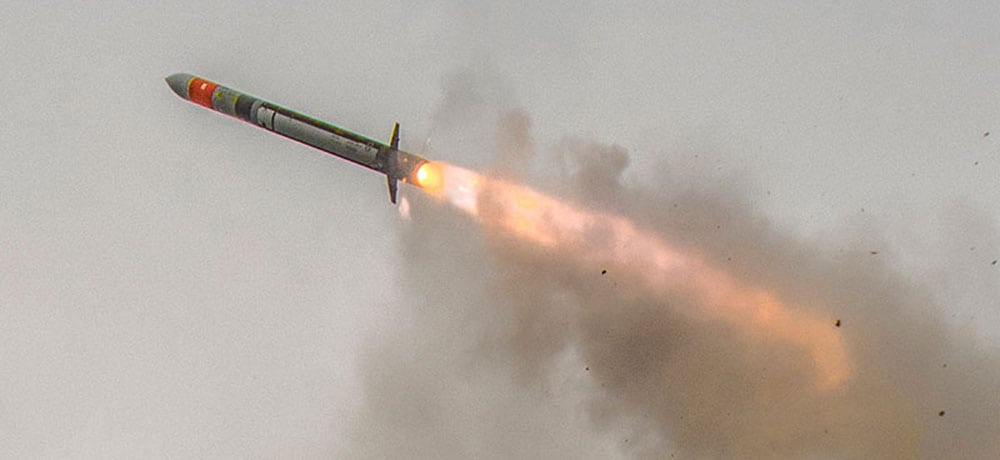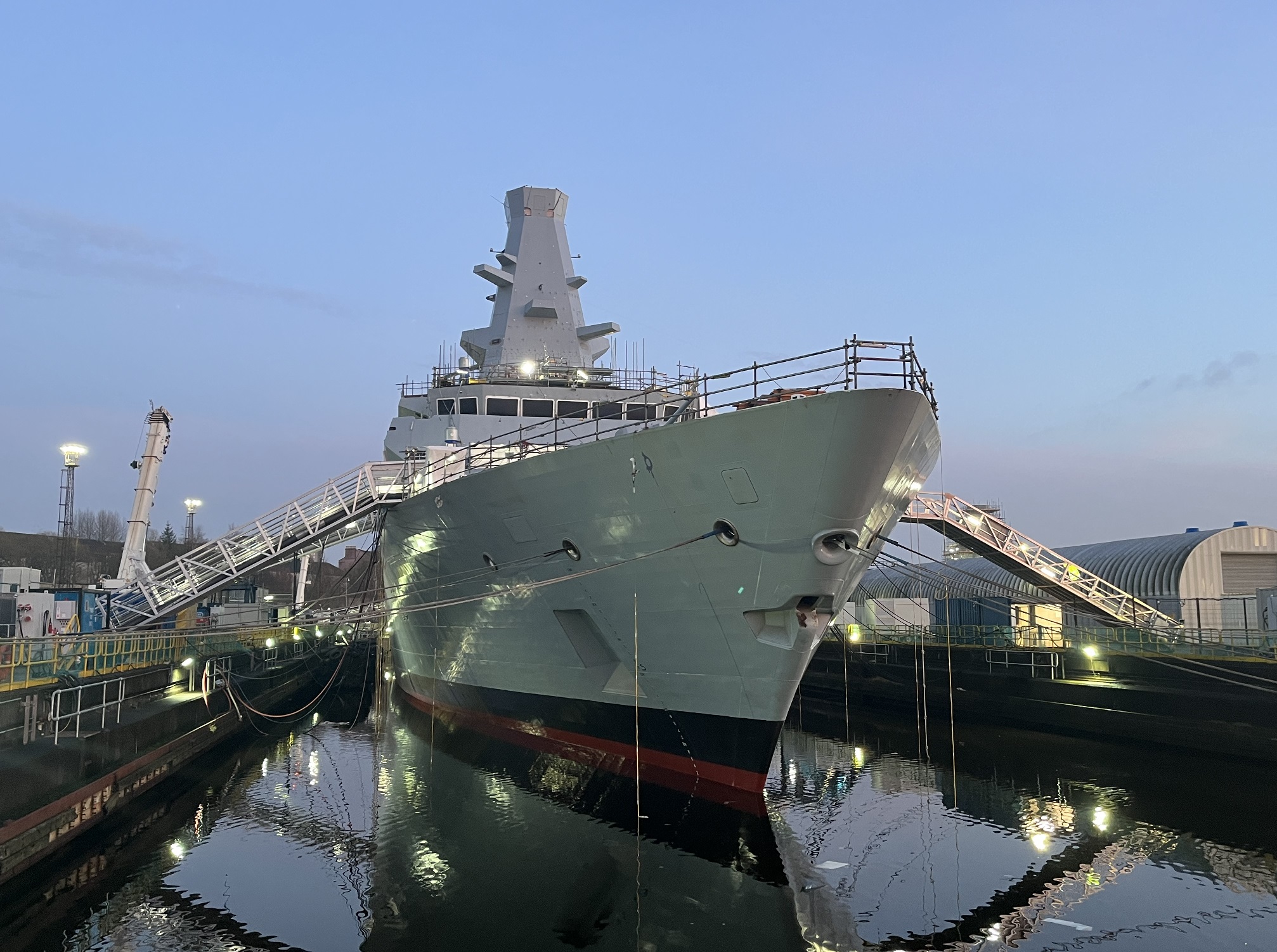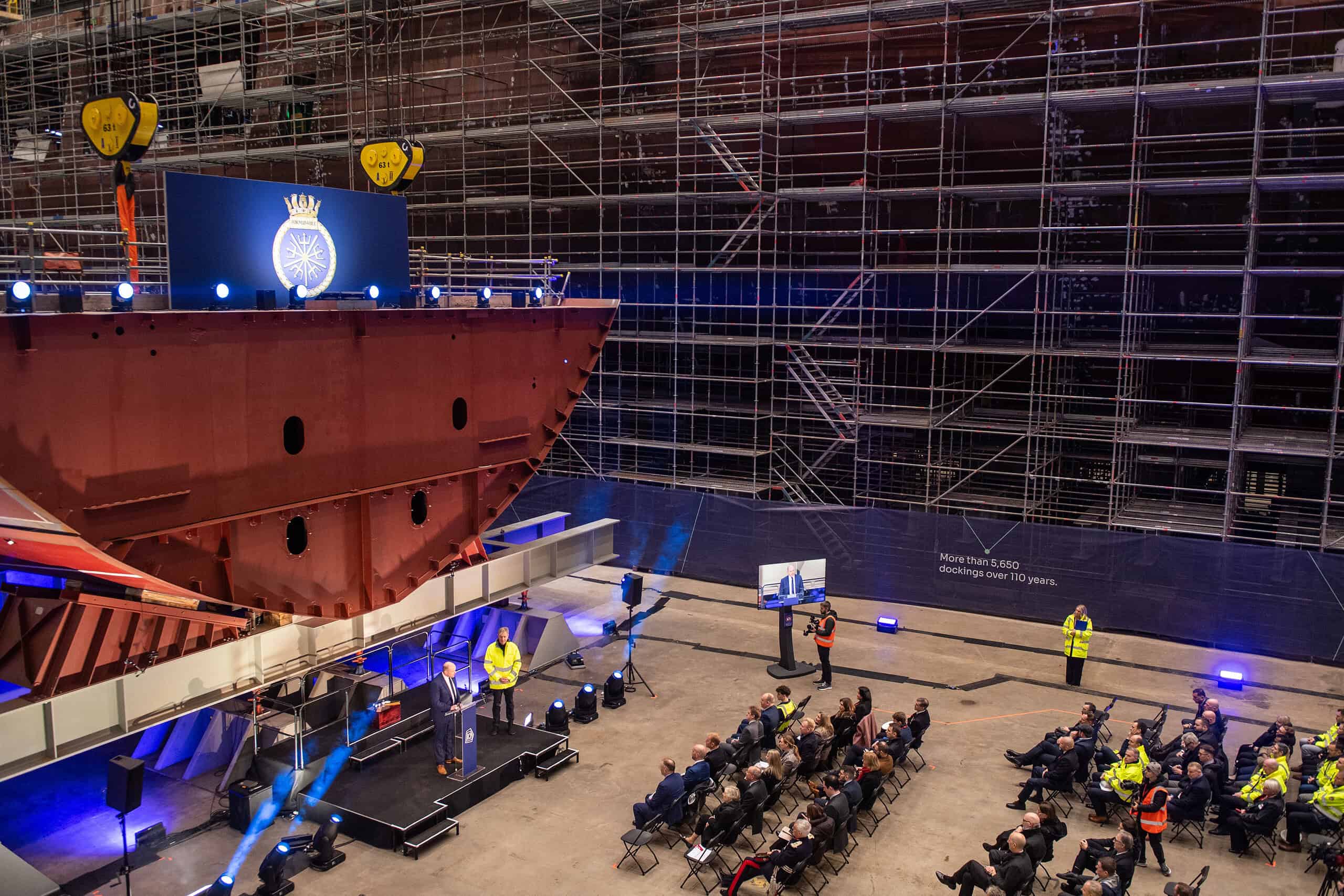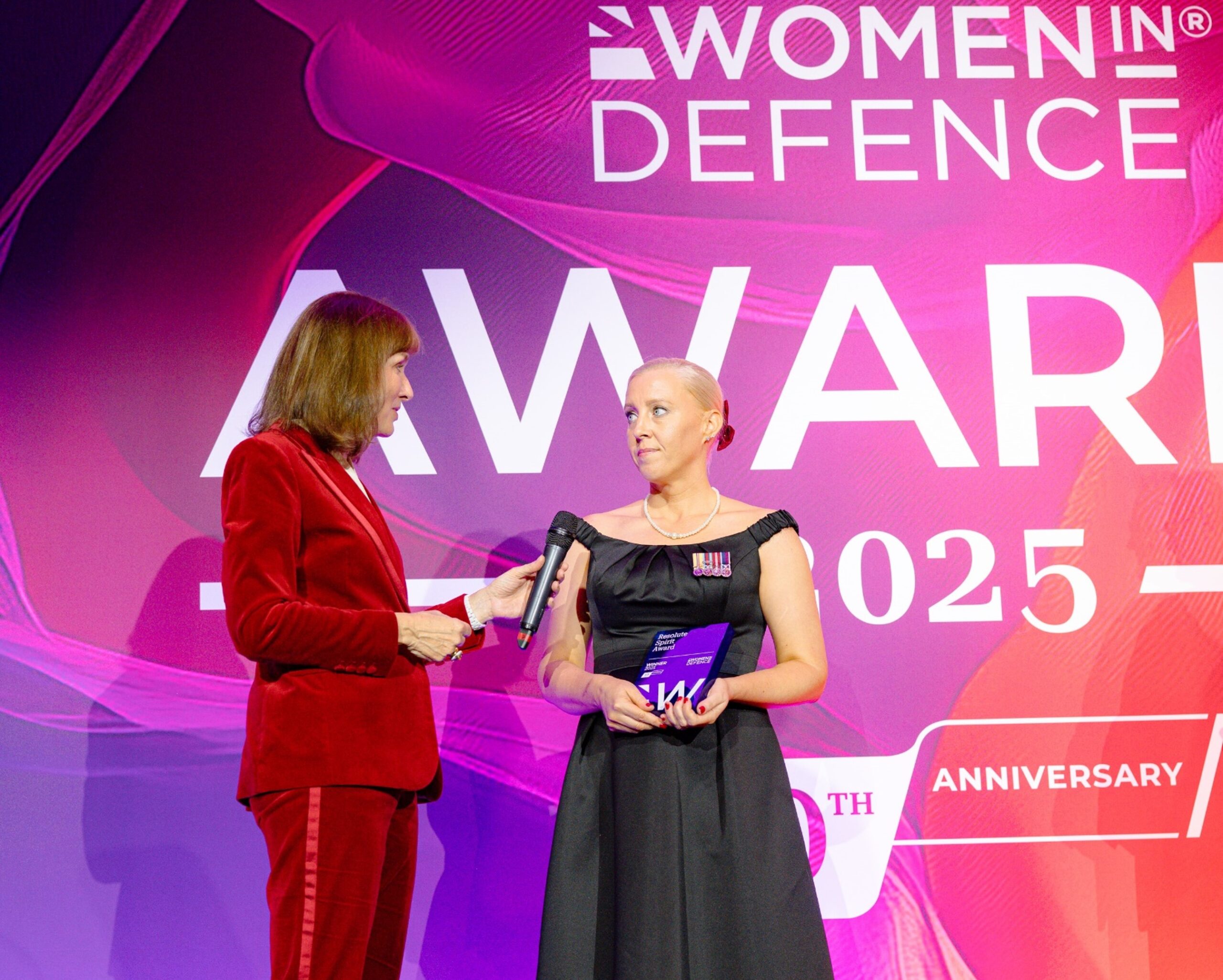
- First firings trials of Sea Ceptor missiles from a Royal Navy ship.
- Firing trials took place over two weeks from the Type 23 Frigate HMS Argyll.
- Sea Ceptor is directly sustaining 600 jobs at MBDA in the UK, including 200 in Bristol.
Share this story
Defence Equipment and Support (DE&S), headquartered in Bristol, has welcomed the first firings of the Sea Ceptor missile system from a Royal Navy ship.
The firings, announced by Defence Minister Harriett Baldwin during a visit to Sea Ceptor manufacturer MBDA in Filton today, are a crucial milestone in the delivery of a programme which is sustaining hundreds of jobs in the area.
Sea Ceptor is directly sustaining 600 jobs at MBDA in the UK, including 200 in Bristol.
Chief Executive Officer for Defence Equipment and Support, Tony Douglas, said:
“These firings are an important step forward in proving the significant improvements over previous air defence systems and further evidence of our commitment to provide the very best equipment to our armed forces.
“DE&S works with the world’s biggest defence companies, including MBDA, to provide first-class support for our armed forces and our people aim to provide the most cost effective and innovative solutions. As a major employer in the Bristol region we are always on the lookout for the best and brightest people to work for us in a variety of roles.”
The firing trials took place over two weeks from the Type 23 Frigate HMS Argyll on the Hebrides ranges and involved firing Sea Ceptor to assess its performance against a range of scenarios.
While previous firings have taken place on land-based ranges, this was the first time the system has been launched from a ship, demonstrating how the potent missiles will provide the Royal Navy with a shield against airborne threats such as the new generation of supersonic anti-ship missiles, fast jets, helicopters and unmanned aerial vehicles.
Adrian Birch, DE&S Short Range Air Defence (SHORAD) team leader said:
The first firing of a new weapon system from a Military Platform is always a very significant step towards its delivery into service.
The safe conduct of the Sea Ceptor test firings is the result of highly-effective joint working between teams in DE&S, the Royal Navy, other MOD agencies and the UK Defence Industry. The approach to capability delivery is as innovative as the technology employed by Sea Ceptor.
I am immensely proud of what the joint team have achieved so far.
The system will replace the Sea Wolf system on the Type 23 Frigates as well as being fitted to each of the new Type 26 Frigates being built for the Royal Navy.
Minister for Defence Procurement, Harriett Baldwin, said:
Sea Ceptor will protect our interests against threats both known and unknown. It will launch from the Royal Navy’s new Type 26 frigates as they keep our nuclear deterrent submarines and the UK’s two new aircraft carriers safe on operations around the globe.
Sea Ceptor supports 600 UK jobs and is yet another example of how our rising defence budget is being spent on cutting-edge kit to help our Armed Forces meet future threats.
The Sea Ceptor system is being fitted to the Type 23 Frigates as part of their life extension programme, with HMS Argyll the first ship to undergo the upgrade. The ship will conduct further firing trials of the Sea Ceptor system once analysis of these trials has been completed before returning to frontline service.
Compared to Sea Wolf, Sea Ceptor is faster, has longer range, has a two-way data link and has a more advanced seeker, all of which enable the missile to intercept more challenging targets. It will be able to protect not only the ship which fired it, but also other ships in the task group, which could potentially include the UK’s new Queen Elizabeth Class Aircraft Carriers.
Sea Ceptor is due to enter service on Type 23 next year and Type 26 in the mid-2020s.
















Follow us